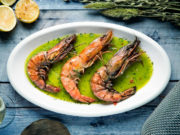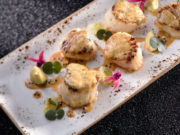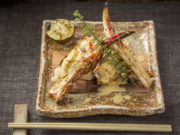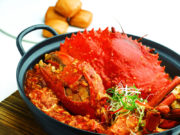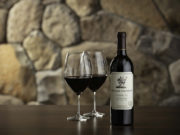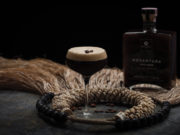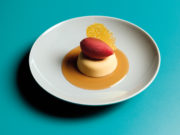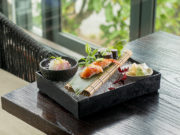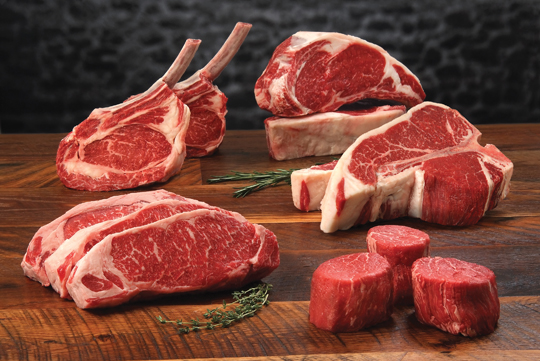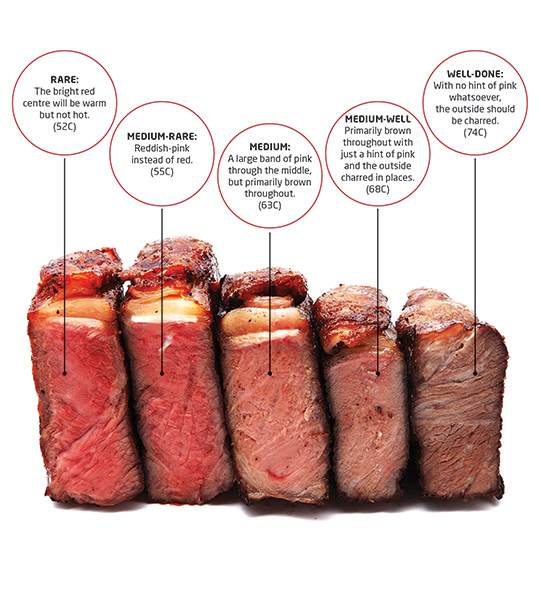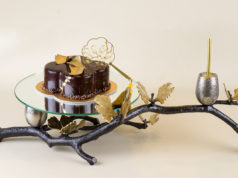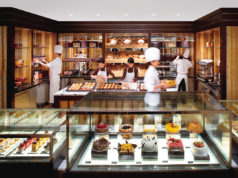The classic British Sunday roast beef is full of flavour and a good source of high-quality protein, iron and vitamins, but beef is anything but a one-dish wonder, being an extremely versatile and popular meat.
Traditionally the British breeds, such as Aberdeen Angus, Longhorn and Hereford have been considered the best beef, but others, such as wagyu with its intense marbling, are gaining a following among chefs seeking to deliver the best gastronomic experiences.
With the global inclusion of other bovines, such as water buffalo, over half the meat consumed in the world is derived from cattle, be it fresh or processed. This has led to an unrivalled culinary diversity that circumnavigates the gastronomic globe.
Our Guide to Choosing a Great Steak
Who doesn’t love the taste of a thick juicy steak fresh off the grill? To make sure the right steak lands on your plate, you might need to beef up your knowledge.
—
When selecting a steak, choose one that is bright red with creamy white fat distributed evenly throughout the meat. If the meat is lean and free of fat, it might be tender but will lack natural flavour. The most popular steakhouse cuts are taken from the upper and mid-back of the cow.
The cuts
The Porterhouse is often referred to as the king of steaks mainly because it’s actually two steaks in one: a New York strip on one side opposed by a large filet mignon. The New York Strip is prized for its fine texture and buttery flavour, being quite tender with good fat marbling, it’s a tasty less-fat-option to rib-eye. The T-Bone is basically a bone-in New York Strip. Rib-eye has long been a favourite due to its luscious marbling. Smaller than a T-Bone, rib-eye is a boneless cut, but when the bone is left it’s referred to as a rib steak. All four cuts are best grilled or broiled to make the most of their natural flavour.
The most tender cuts are tenderloin and filet mignon, delicious as they are, they have less flavour that the fat-rich cuts and are not ideal for grilling. To counter this, chefs often cook them wrapped in bacon, or quickly seal in the flavour and serve with a favourite sauce or jus. Both filet mignon and tenderloin are prized at fine-dining restaurants.
Sirloin and top sirloin are popular tasty steaks with plenty of marbling. Top sirloin is tender and succulent, while the larger bottom sirloin is less prized and generally served grilled with sauce.
Steak how you like it
What constitutes rare, medium and well done steaks can be confusing. However there are industry standards and professional chefs using this will cook to temperature not appearance.
Picking the right cut is important since steak fat begins to break down above 60C which releases extra flavour into the meat. Therefore fatty cuts like rib-eye are better suited for being medium to well-done whilst lean cuts of steak are better suited for rare or medium-rare preparation where overcooking could lead to unwanted toughness.







